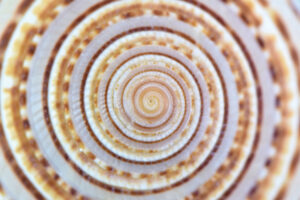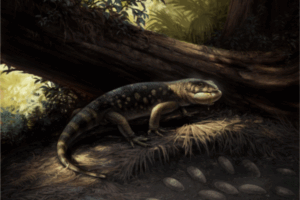Fellow of the AAAS

Jennifer Shumaker-Perry
Jennifer Shumaker-Perry is among the 506 newly-elected Fellows of the American Association for the Advancement of Science (AAAS).
AAAS members have been awarded this honor because of their scientifically or socially distinguished efforts to advance science or its applications. Other fellows currently at the U including Nancy Songer, dean of the College of Education, Thure Cerling, recipient of the 2022 Rosenblatt Prize and Mario Capecchi, 2007 Nobel laureate. The U’s first Fellow was geologist and former university president James Talmage, elected in 1906. Election as a Fellow is an honor bestowed upon AAAS members by their peers.
New Fellows will be presented with a gold and blue (representing science and engineering, respectively) rosette pin and gather in spring 2023 in Washington, D.C. Fellows will also be announced in the AAAS News & Notes section of the journal Science in February 2023.
Shumaker-Parry, professor of chemistry, was elected for “significant contributions to the design and study of plasmonic nanomaterials, and promotion of graduate education integrating science, business, and communication for broad and diverse career pathways.”
“It’s an honor to have been nominated and selected to be an AAAS Fellow,” she says.
“The nomination also highlights the importance of all aspects of training the next generation of scientists including mentoring students through teaching relevant classes, collaborating on research, and advising and supporting them.”
Her research group studies how light interacts with metal nanoparticles.
“At the nanoscale, metal particles don’t behave like bulk materials,” she says. “Instead, the optical behavior of metal nanomaterials can be tuned by controlling the size, shape or assembly of nanoparticles.”
Learning how to fine-tune the interactions between light and nanoparticles by manipulating the properties of the nanomaterials can aid the design of systems to transfer information using light and monitors of human and environmental health.
Shumaker-Parry is the director of the Biotechnology track of the U’s Professional Master of Science and Technology program, which “provide(s) professional scientists an opportunity to earn a graduate science or math degree that increases their core scientific knowledge and quantitative skills,” according to the program description.
“I have learned so much from advising and teaching students who bring their work experiences and unique perspectives to the program,” she says. “Most of them are working full-time or part-time, so they add a lot of industry-based scenarios to classroom discussions. My role is to help the students create a path through the program that aligns with their career goals.”
“I am excited to see the elections of Dr. Bandarian, Dr. Schmidt and Dr. Shumaker-Parry as AAAS Fellows,” says Peter Trapa, dean of the College of Science. “This recognition demonstrates their lasting contributions to their disciplines, as well as their impacts on future scientists. The University of Utah is a national leader in scientific research and education, and our three new Fellows embody this leadership.”
The tradition of AAAS Fellows began in 1874. Currently, members can be considered for the rank of Fellow if nominated by the steering groups of the Association’s 24 sections, or by any three Fellows who are current AAAS members (so long as two of the three sponsors are not affiliated with the nominee’s institution), or by the AAAS chief executive officer. Fellows must have been continuous members of AAAS for four years by the end of the calendar year in which they are elected. AAAS Fellow’s lifetime honor comes with an expectation that recipients maintain the highest standards of professional ethics and scientific integrity.
Each steering group reviews the nominations of individuals within its respective section and a final list is forwarded to the AAAS Council, which votes on the aggregate list.
by Paul Gabrielsen, first published in @theU.




